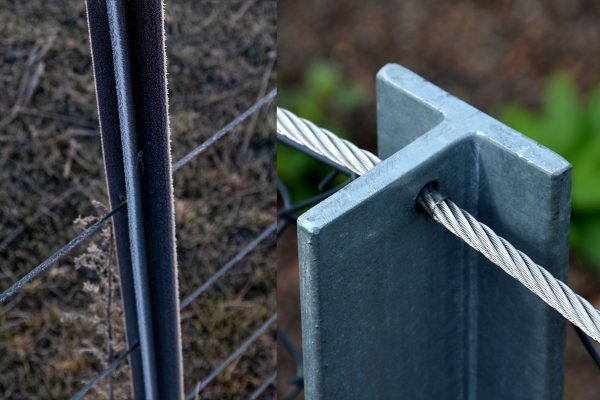Are you perhaps planning on building a fence, or just simply wanting to dig holes? Don't fret too much because we have researched every aspect you need to know about post hole diggers!
A standard hole digger can go down to four feet deep into the ground which is a fencing code for most states. The depth may vary depending on the type of material you will use. This measurement is below the freeze line except for areas with extremely cold temperatures.
A post hole digger is an important tool for excavation. Various types have different uses and are selected depending on the type of soil in the area. We are here to help you have a deeper understanding of this instrument. If you wish to find out more, continue reading!
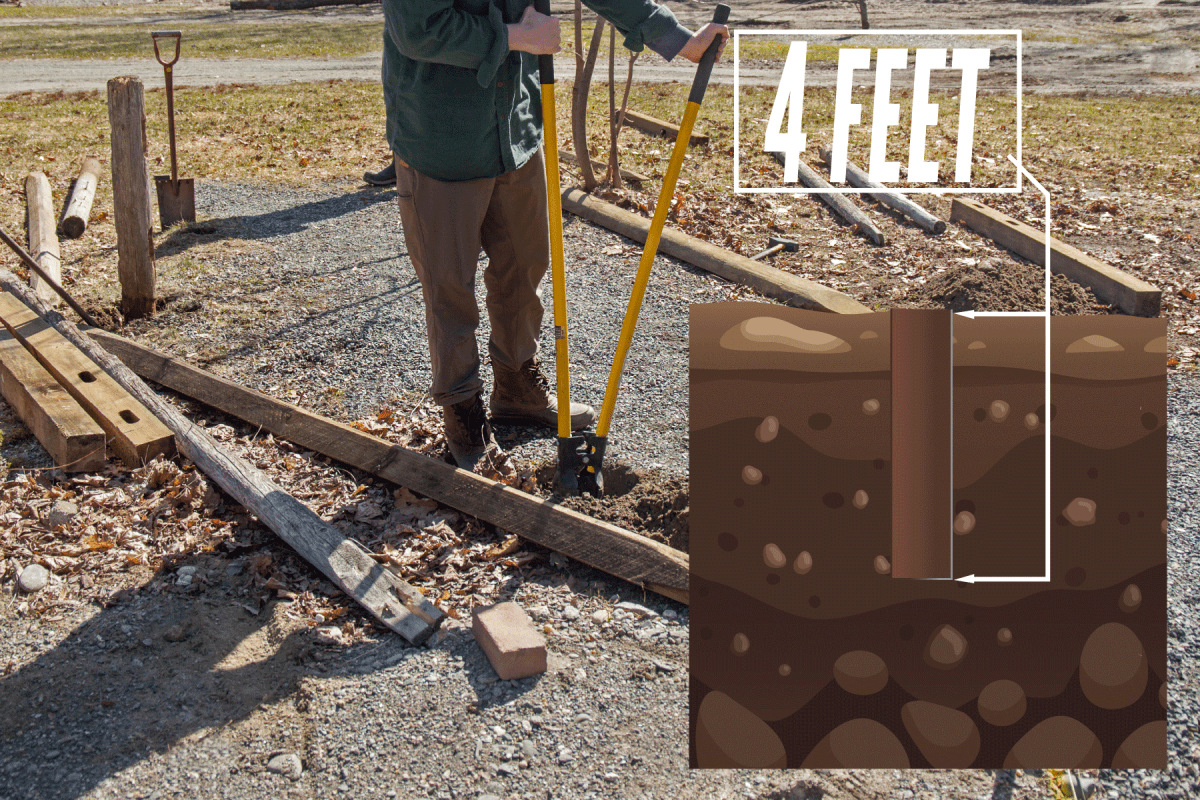
What is the Purpose of Post Hole Diggers?
Post hole diggers are mainly used to excavate narrow holes for erecting fence poles. Unlike a spade, this tool ensures the consistency of the width and length of the excavated area. They have shovel-like blades at the end of each handle. These plates are used to scoop or remove dirt from the ground.
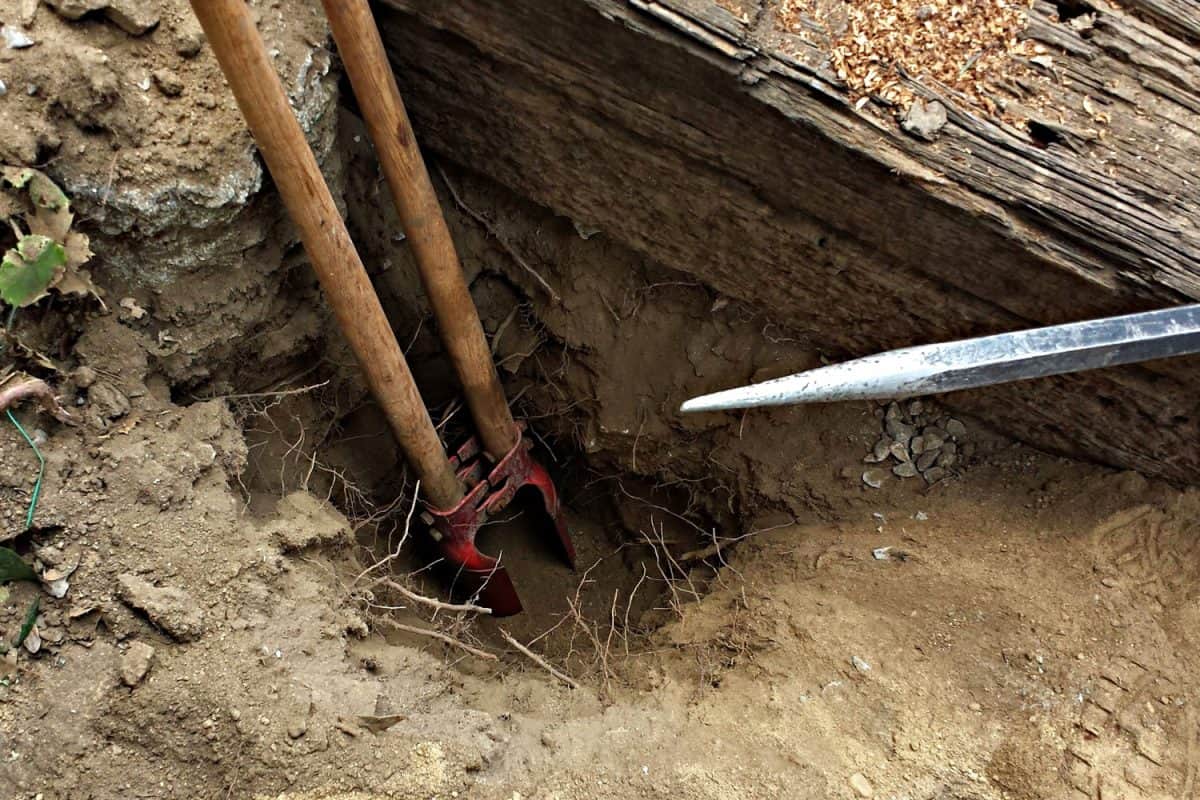
Important Considerations
Before we address the main issue at hand, you must first know some fencing guidelines when excavating. As a precaution, consulting your local utility companies is the first thing you should do prior to excavation in order to know if there are existing gas pipes, water pump lines, and electric cables on your property.
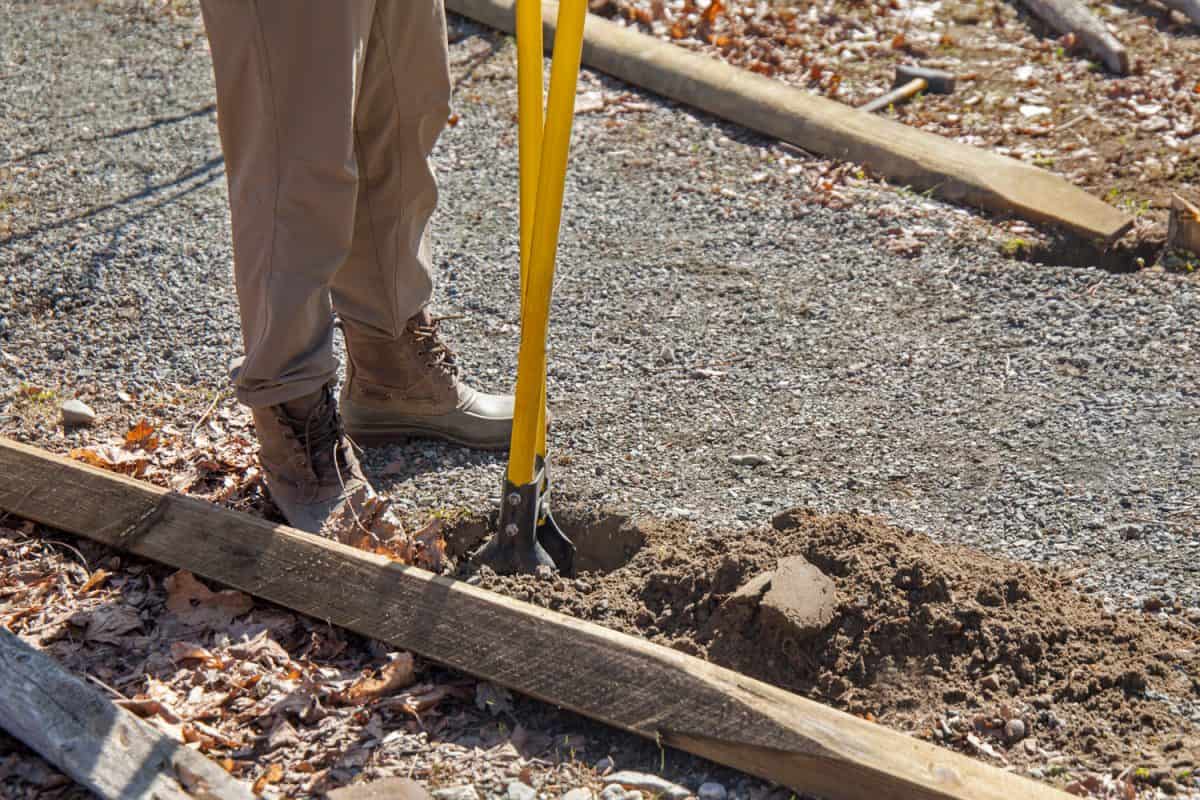
If you are using a hole digger for erecting fence posts, you must first determine the area of your property. Make sure to excavate and install posts within your land.
Two Main Types of Post Hole Diggers
It is important to understand the two main types of fence post hole diggers. Both these tools have the same uses, however, they differ in the way they perform.
1. Post Hole Digger
Post hole digger is the basic and most common type. These are hand-held tools that have two shovel blades at the bottom end of the handle facing each other. To create a hole, they are pushed into the ground - clamping, scooping, and removing the soil or dirt.
Take note that they can go down to four feet deep into the field, and the tools are made from wood, fiberglass, and steel.
Check out EMSCO Steel Blade Post Hole Digger on Amazon.
2. Auger Digger
Augers typically look like a large corkscrew that drills holes. They are either manual, electric, or gas powered which is why you do not have to do manual labor. One quality of this tool is its versatility. It can dig through soil, ice, rock, or pavement.
This equipment can reach a depth of only three feet. However, you can request for an extension rod without any additional costs. It offers an extra 12 inches below the three feet.
Check out Earthquake Powerhead Auger on Amazon.
Types of Post Hole Diggers
To avoid confusion, this is a piece of more detailed information about the first type, post hole diggers, mentioned above.
1. Traditional
A traditional hole digger is the most basic kind. It is made of two long handles with two rounded steel blades at the bottom. You simply need to pierce the ground with this tool while the hafts are close to each other. After that, pull them apart, the plates below will scoop the soil, creating a hole.
2. Scissor-action or Split-handled Digger
Scissor-action, as the name implies, is designed to look like a pair of scissors. It has two handles and steel platings below. This tool has an intricate design in comparison to the others because the hafts and the blades are connected via a steel tube. This increases the strength of the material.
This equipment is ideal for working in hard and rocky soil simply because the blades are bolted securely to the handles.
3. Universal or Boston Digger
Boston post hole digger is distinct in appearance because the handles have different sizes and dimensions. One haft is longer and consists of a pointed blade, while the other one is shorter and is connected to a lever.
The lever-operated handle uses its plate to scoop the dirt below. It is more suitable to use in a stony or gravelly area because the blades are strong enough to cut through rocks.
4. Double-pivot
Double-pivot, as the name suggests, has two fulcrums. Unlike its traditional counterpart, this type of digger is pierced into the ground and the handles are pushed together to get the dirt rather than pulling them apart.
The fulcrums are adjustable. You can move the pivots lower if you intend to push the handles further apart. This function adds to its versatility. Unlike the other kinds, this tool can dig up to five feet deep into the ground.
5. Offset Hole Digger
Offset digger is made of steel which is why it does not easily break; however, this tool is heavier than those mentioned above. Because the shafts are too compact, they can dig deeper and narrower holes which is sometimes the requirement for erecting fence posts.
When the handles are pulled apart, the blades approximate or come together. The opposite action causes the blades to release. The handles are angulated or designed in such a way that your hands will not get caught between the shafts when digging.
What are the Different Types of Auger?
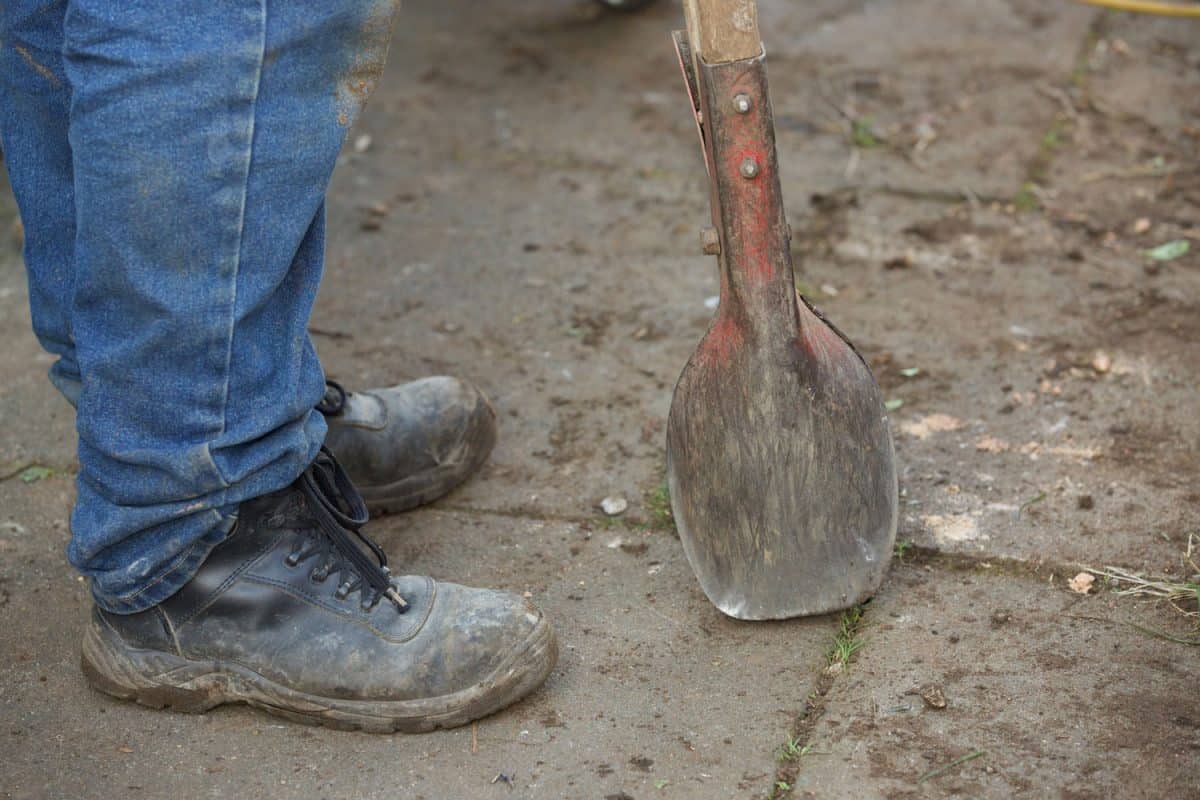
Two major types of augers are handheld and machine-powered devices or pieces of equipment. Both kinds are versatile in usage. They are used to drill holes on various surfaces - ice for fishing, ground for planting or installing posts and poles, and wood to make holes for screws.
- Wood Augers
- Ice Augers
- Earth Augers
- Soil Augers
- Planting Augers
All of this equipment is either handheld or machine-powered, and these tools are made from steel -stainless or carbon. The pointy edges are usually built with ultra-hard materials such as diamonds.
Because of its versatility, you would have to select the right kind of tool to use. It depends on its overall purpose. For drilling fence post holes, handheld augers are recommended. If you intend to use it for landscaping, planting, and any other home projects, general-use augers are most suitable, especially for this array of tasks.
What If I Don't Have A Post Hole Digger?
If you do not own any of these tools, do not worry! There are alternative materials you can use and techniques that you can do.
Pick and Hand Trowel
Using a pick and hand trowel includes manual labor but gets the job done essentially well. Determine the diameter of your excavation then loosen the soil accordingly. Dig out the ground then repeat the process until you achieve your desired depth.
Is 2 Feet Deep Enough For Fence Posts?
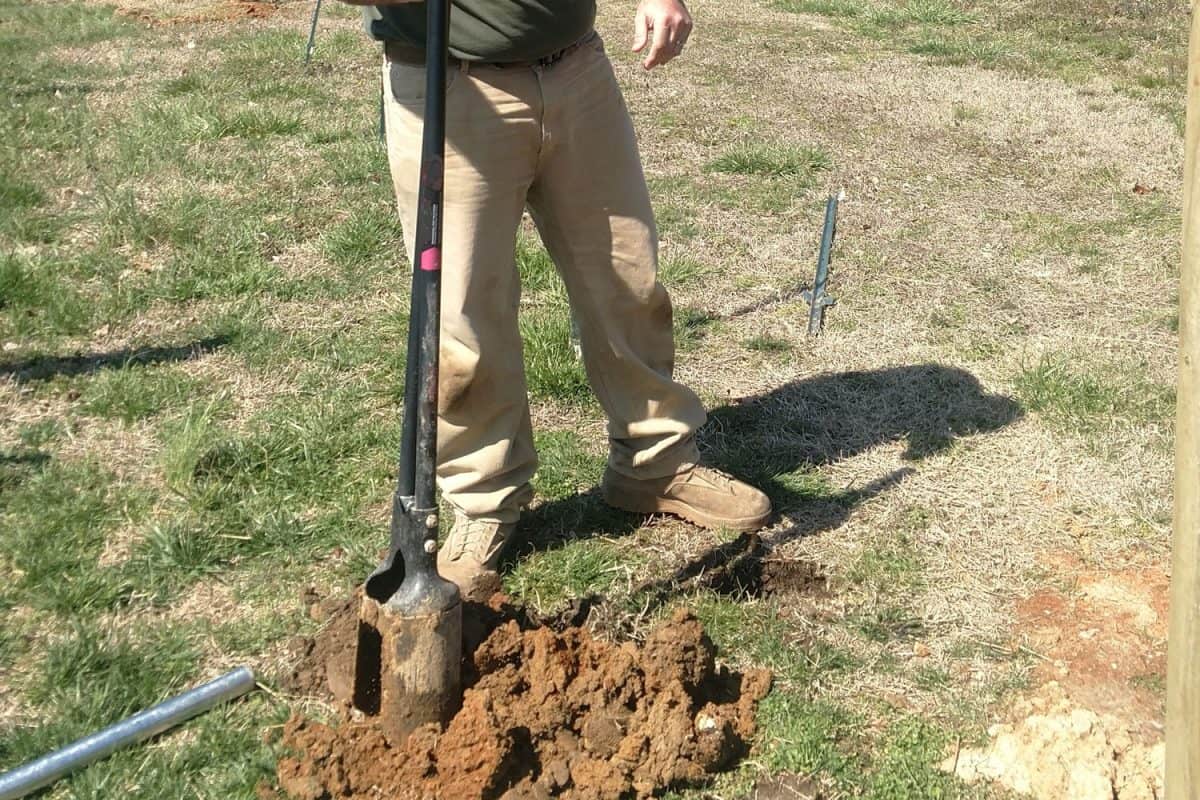
It all depends on the length of the material. The depth should be at least a third or half of the pole. For instance, two feet is enough for a six-foot tall fence post. The required depth guarantees your posts would not lean or list.
In Closing
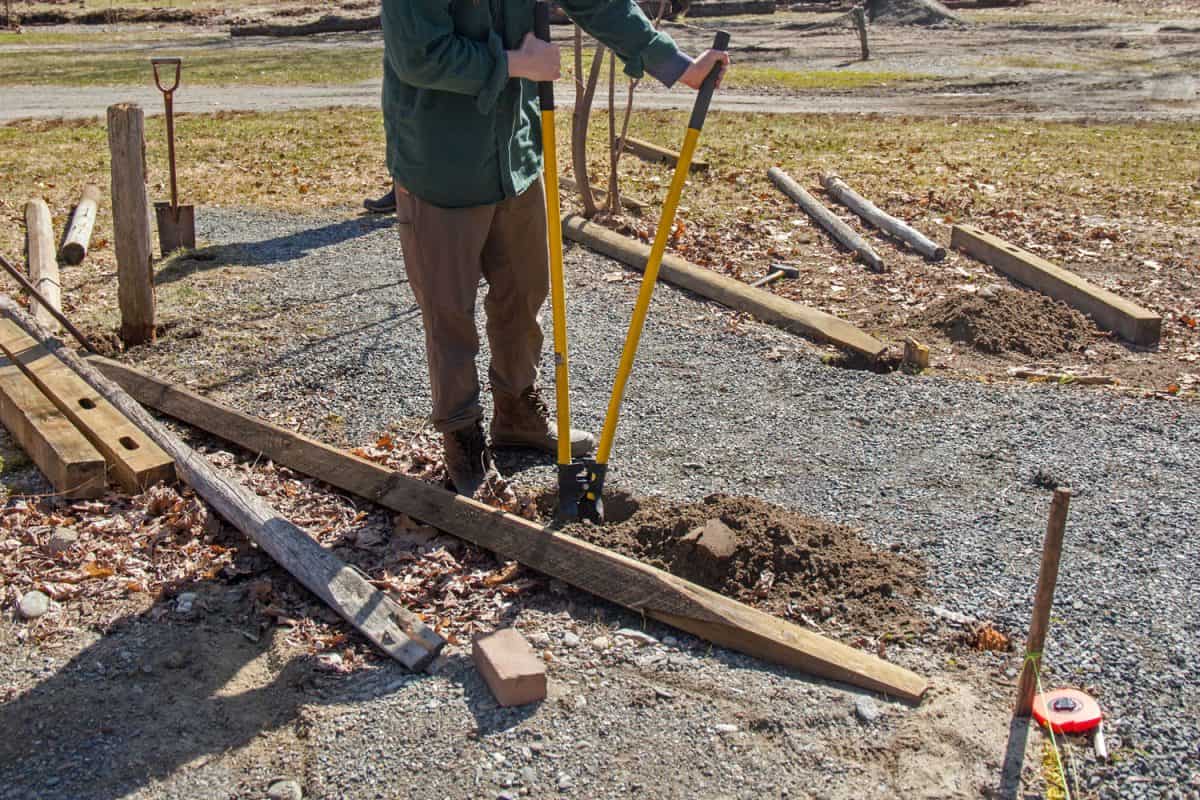
If you want to build a fence, post hole diggers are the best tool to use because they ensure the consistency of the hole's dimensions. It also is the easiest way to excavate the ground.
If this article proved to be helpful, check out these other topics:




